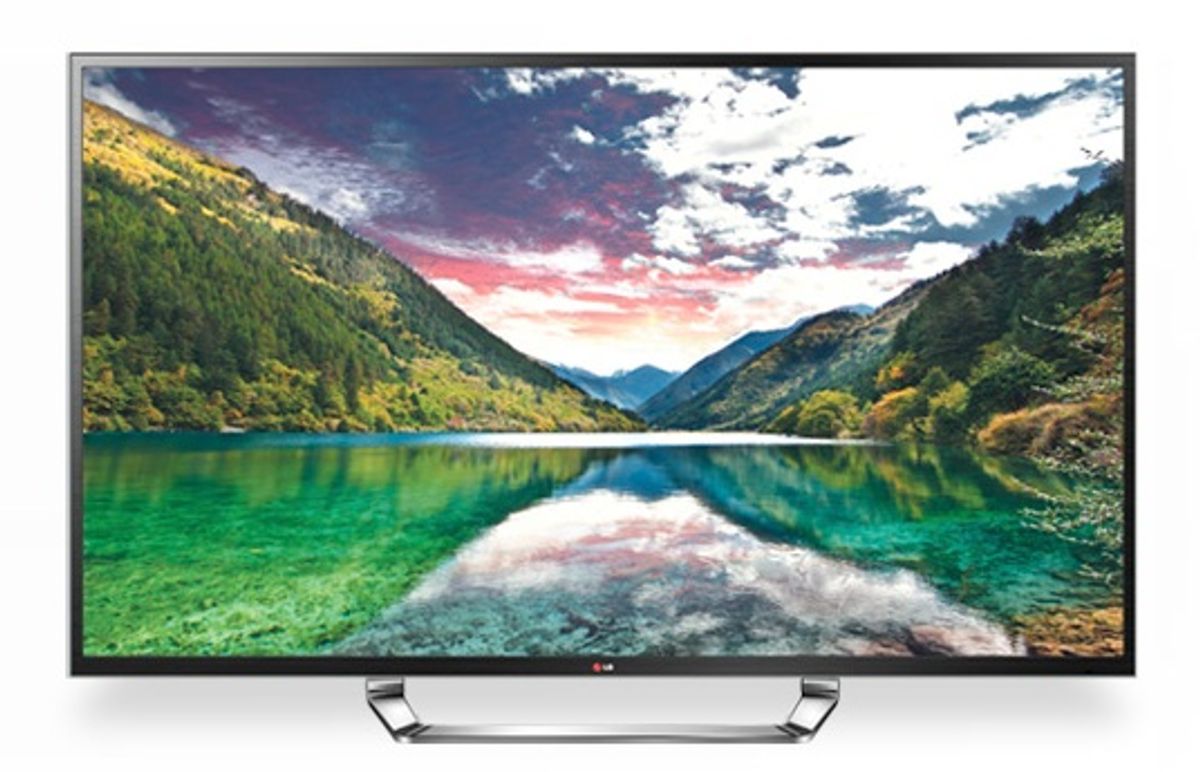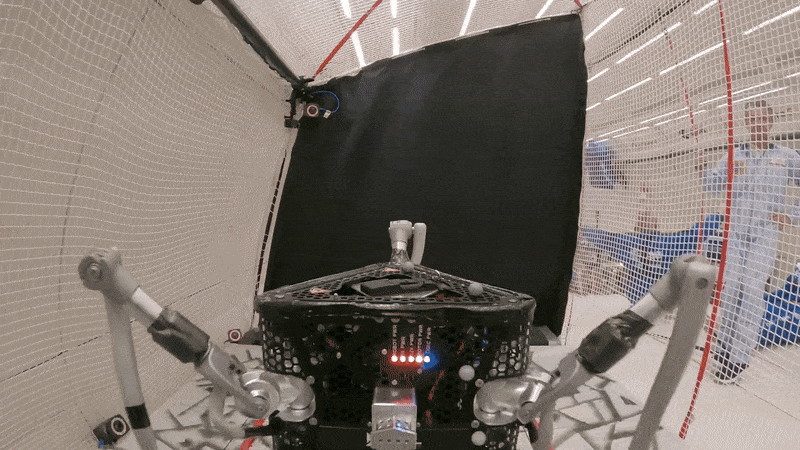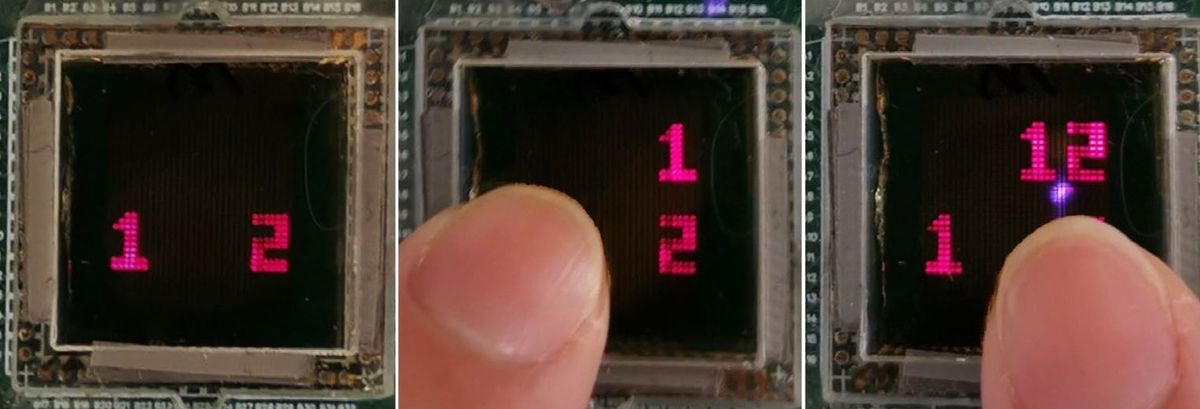He's happy with our new HDTV. So I don’t really have the heart to tell him that we’re about to fall behind the technology curve once again, because LG and Sony are both going to ship televisions with resolutions of 3840 by 2160 pixels in time for the holiday season. They had both been calling this resolution “4K”, but last week that moniker became dated when the Consumer Electronics Association (CEA) voted to tag this next generation of displays “Ultra High Definition”, or “UltraHD.” The CEA also announced that it expects to see a lot of product introductions in this resolution at the January 2013 Consumer Electronics Show.
These won’t be cheap. Sony’s 84-inch diagonal 4K TV (the company isn’t eager to embrace the UltraHD name) will cost about $25,000; LG’s model is a comparative bargain at about US $20 000.
What’s the point of UltraHD? In smaller screen sizes, there isn’t any; the technology will only be meaningful for extremely large TVs. And there’s not a lot to watch at home in this higher resolution. While movies for theaters are recorded in this higher resolution, so far, there have only been a few test broadcasts of television programming—for example, by the BBC during the Summer Olympics. So, for the time being they’ll be taking HD video signals and filling in the missing pixels by extrapolating from the existing ones.
Follow me on Twitter @TeklaPerry.
Photo: LG
Tekla S. Perry is a senior editor at IEEE Spectrum. Based in Palo Alto, Calif., she's been covering the people, companies, and technology that make Silicon Valley a special place for more than 40 years. An IEEE member, she holds a bachelor's degree in journalism from Michigan State University.




